If you’ve read this blog for any length of time, then you know what a staunch defender of Kyoto I am. It’s a tourist trap, yes, but it’s also my former home. Indeed, it’s a massive city with history so broad and so deep that you can avoid the crowds at any time of year if you try hard enough.
I bring this up not because my opinion of Kyoto has changed—it hasn’t—but because I recently came around to a perspective I never expected to entertain: That, for certain sorts of travelers, Nara might be a preferable overnight base to Kyoto.
Note that this isn’t the same as me suggestion you need to choose between Kyoto or Nara—I think everyone needs to visit each of these cities at least once. But there’s more to the discussion than that.
Staying Overnight in Nara Changed My Perspective
I never ever really entertained the Kyoto vs Nara comparison until I spent the night in Nara—which, as of this post’s initial publication, is a very recent development. Prior to that point, it wasn’t really apples-to-apples. Kyoto was a place where you spend days on end (or months on end, in my case); Nara was somewhere you went for the morning or afternoon, albeit maybe more than once.
Indeed, I’m not sure whether it was the beauty of the sunset I enjoyed from Wakakusayama, the fact that I slept in Nara during the annual lantern festival or just how much I felt I had the city to myself when I woke up at 5 AM. It was just me, the deer and a few locals! But I now feel there’s a compelling case to be made that Nara might make a better base for exploring Japan’s Kansai region than Kyoto does.
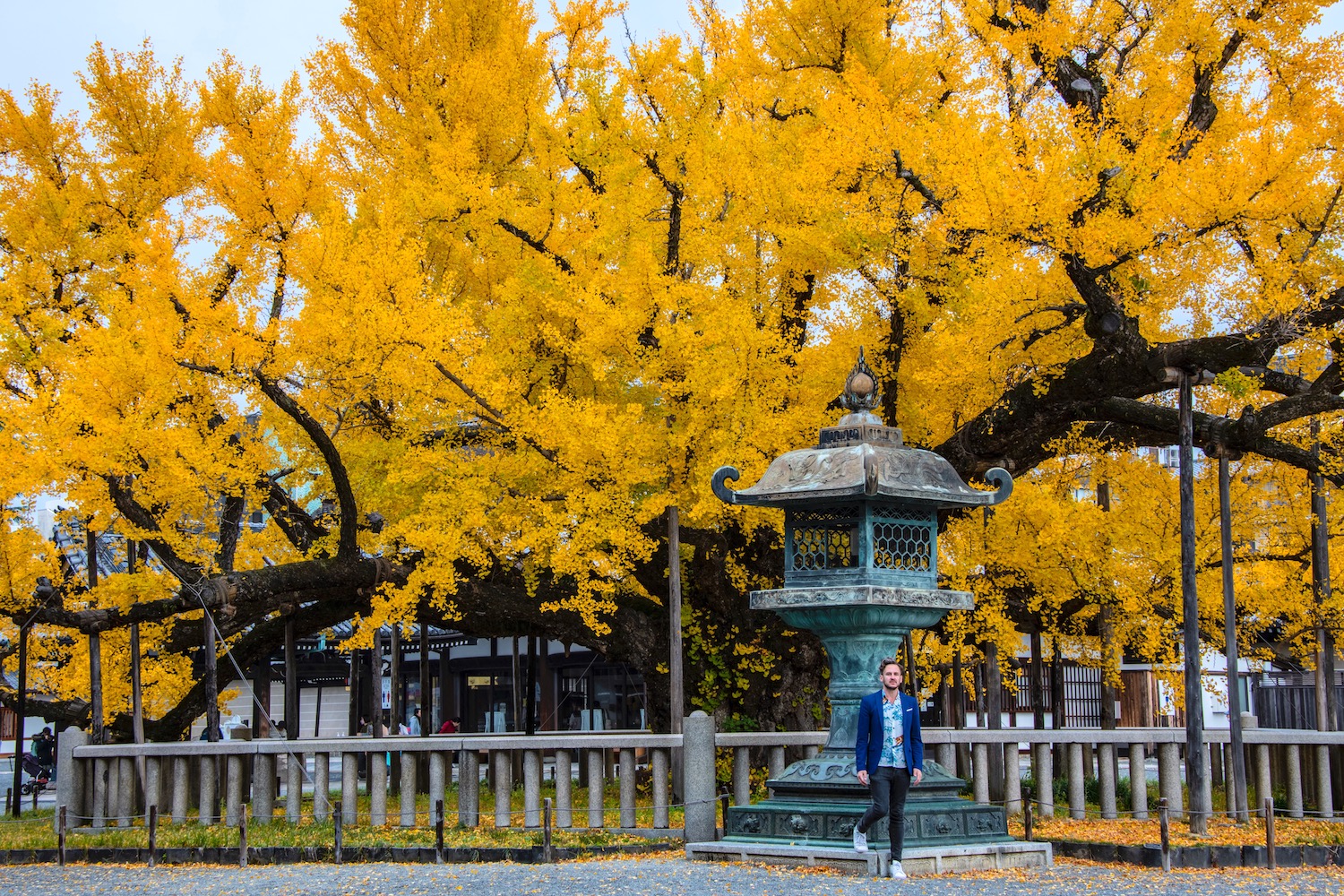


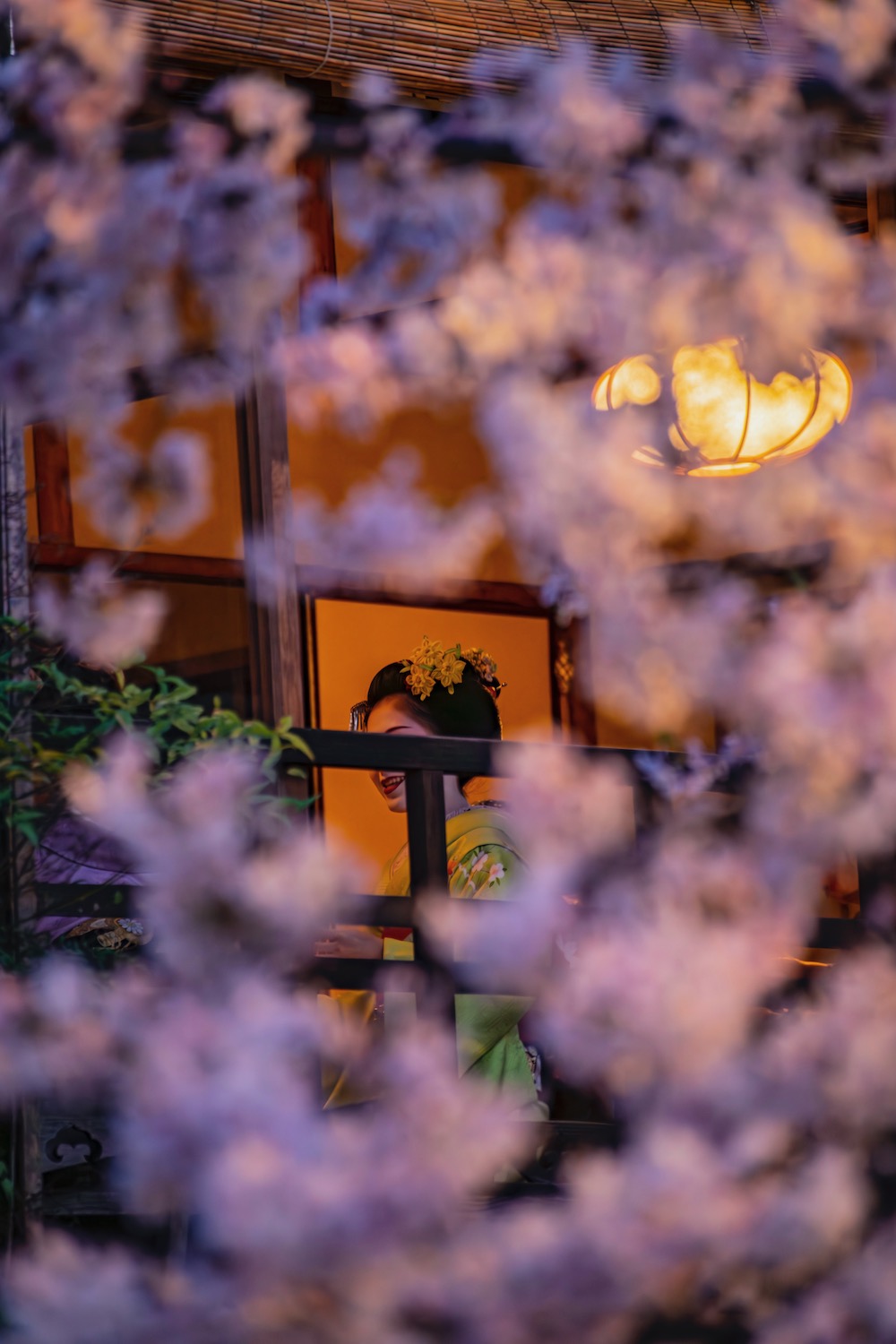
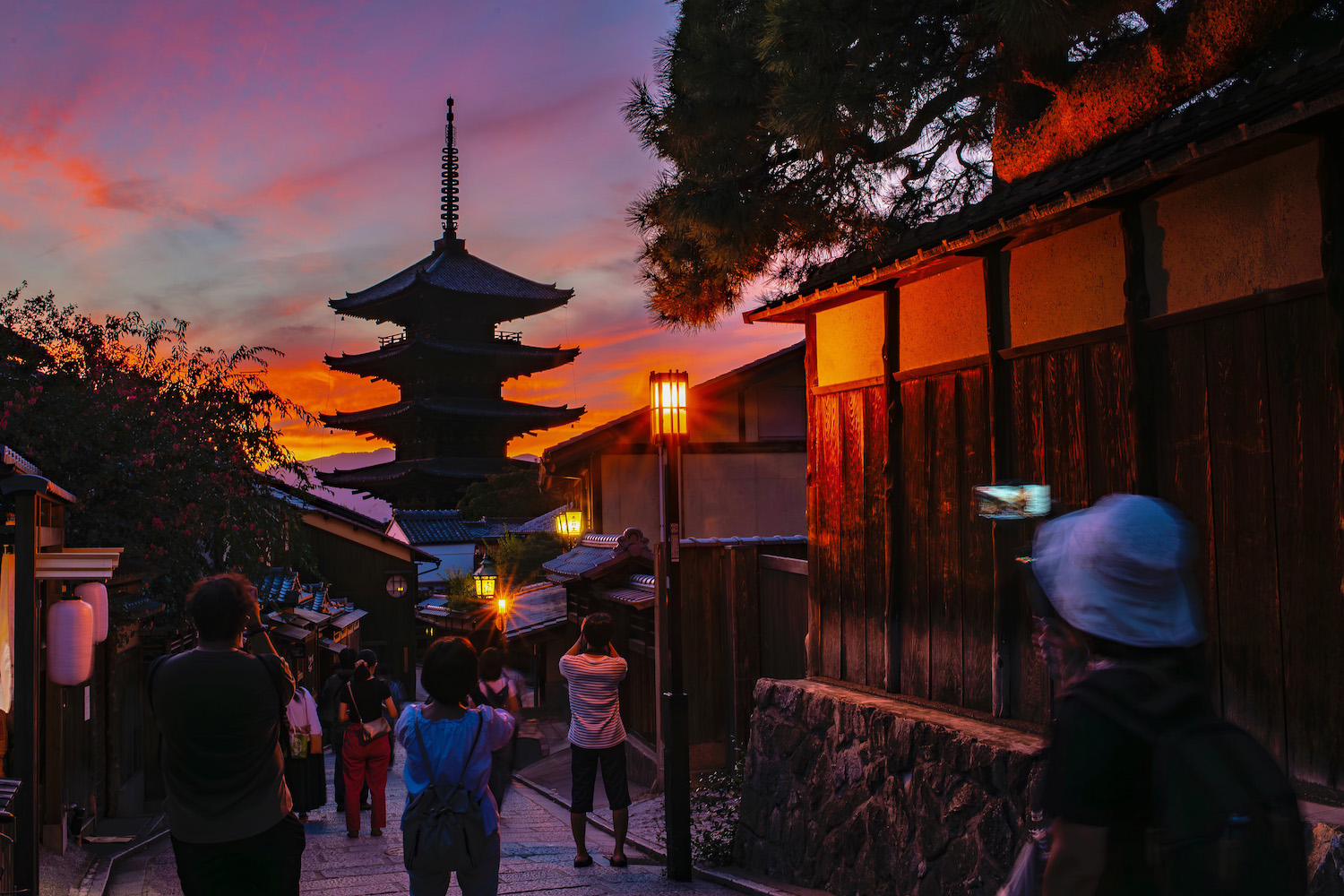
Ways to Compare Kyoto and Nara
Transportation and walkability
One of the things I love about Kyoto is how straightforward getting around there is. Individual neighborhoods like Higashiyama and Arashiyama are walkable; a simple subway and local train network (and a manageable range of bus numbers) connects them with more scattered destinations. In Nara, on the other hand, you needn’t ever even board a bus within the city center, particularly not if you arrive via the Kintetsu line.
Hotels
If you travel from Kyoto to Nara on a day trip, it might not occur to you to think about what kind of hotels Nara offers. However, as you might imagine with a bit of thought, there are neither as many options in Nara, nor ones as high-quality. Whereas Kyoto gives you options ranging from the spartan Ryokan Kyoraku to the opulent Hotel the Mitsui, in Nara the options across the board are more humble, from Miroku Nara to Hotel New Wakasa.
Cityscape
As is the case for Kyoto, Nara’s city center is mostly confined to the valley between several surrounding mountains. Unlike Kyoto, there’s less of a modern skyline in Nara, meaning that structures like Kofuku-ji five-story pagoda and Todai-ji temple stand out more impressively than most of Kyoto’s landmarks, with the possible exception of towering Hokan-ji pagoda in Higashiyama.
Restaurants and bars
When choosing between Nara or Kyoto for food and drink, there’s really no contest. Which is not to say there are no good restaurants or bars in Nara—in the latter category, in fact, Lamp Bar is arguably the best place in all of Japan for a cocktail. However, the sheer selection of eateries in Kyoto (whether causal ones in Nishiki Market, or upscale obanzai joints along the Kamo River) just complete eclipses what’s on offer in Nara.
Day trips and excursions
Nara is often a day trip from Kyoto, but it’s not the only option. Many people head west of Osaka (or beyond it to Himeji Castle and Kobe); you can also head east to Lake Biwa, or even northward to underrated Obama or to “Kyoto by the Sea.” Staying in Nara more unlocks certain day trip options like Mt. Yoshino and Asuka, though in general makes most of Kansai a bit more difficult to access than it would be from Kyoto.
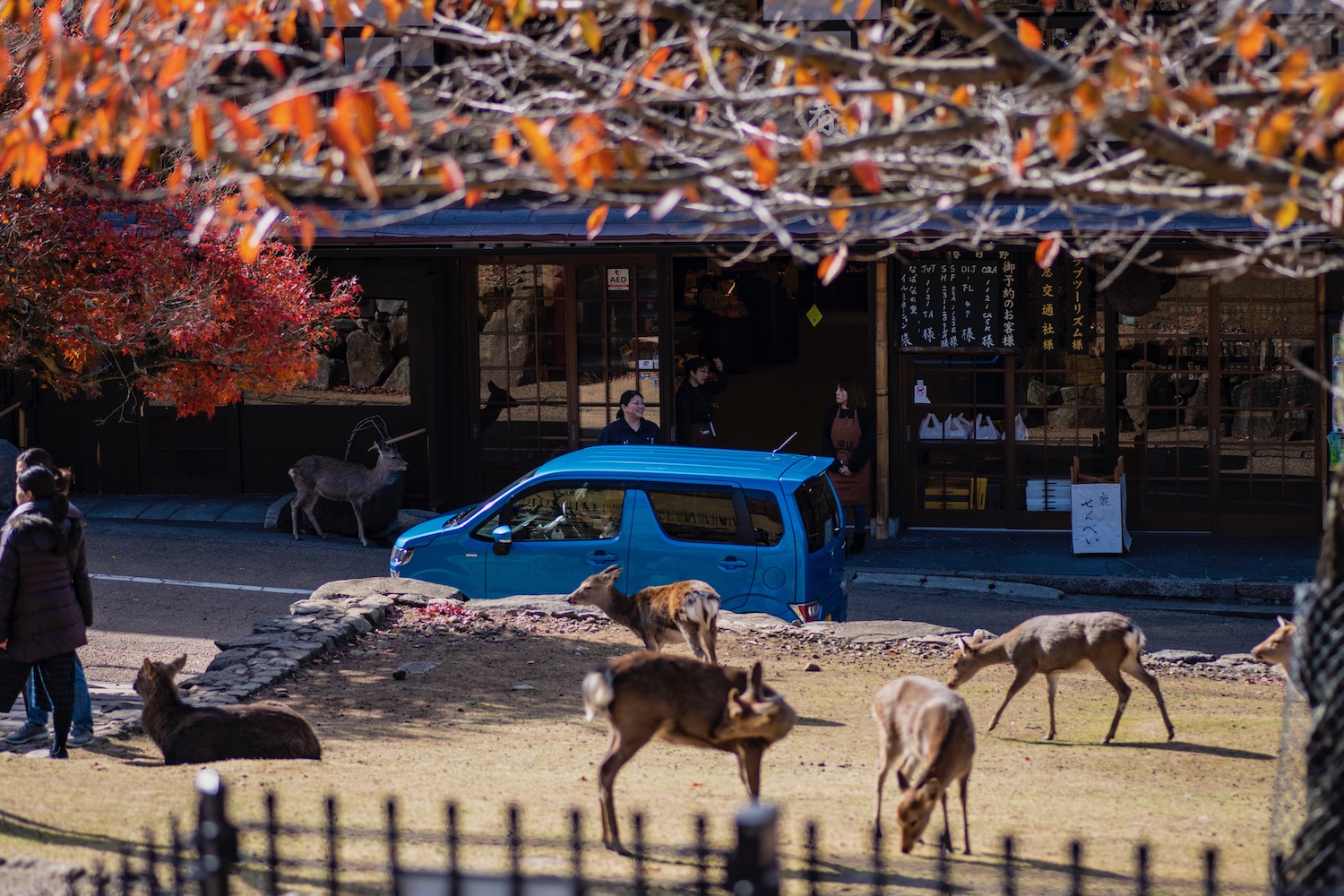
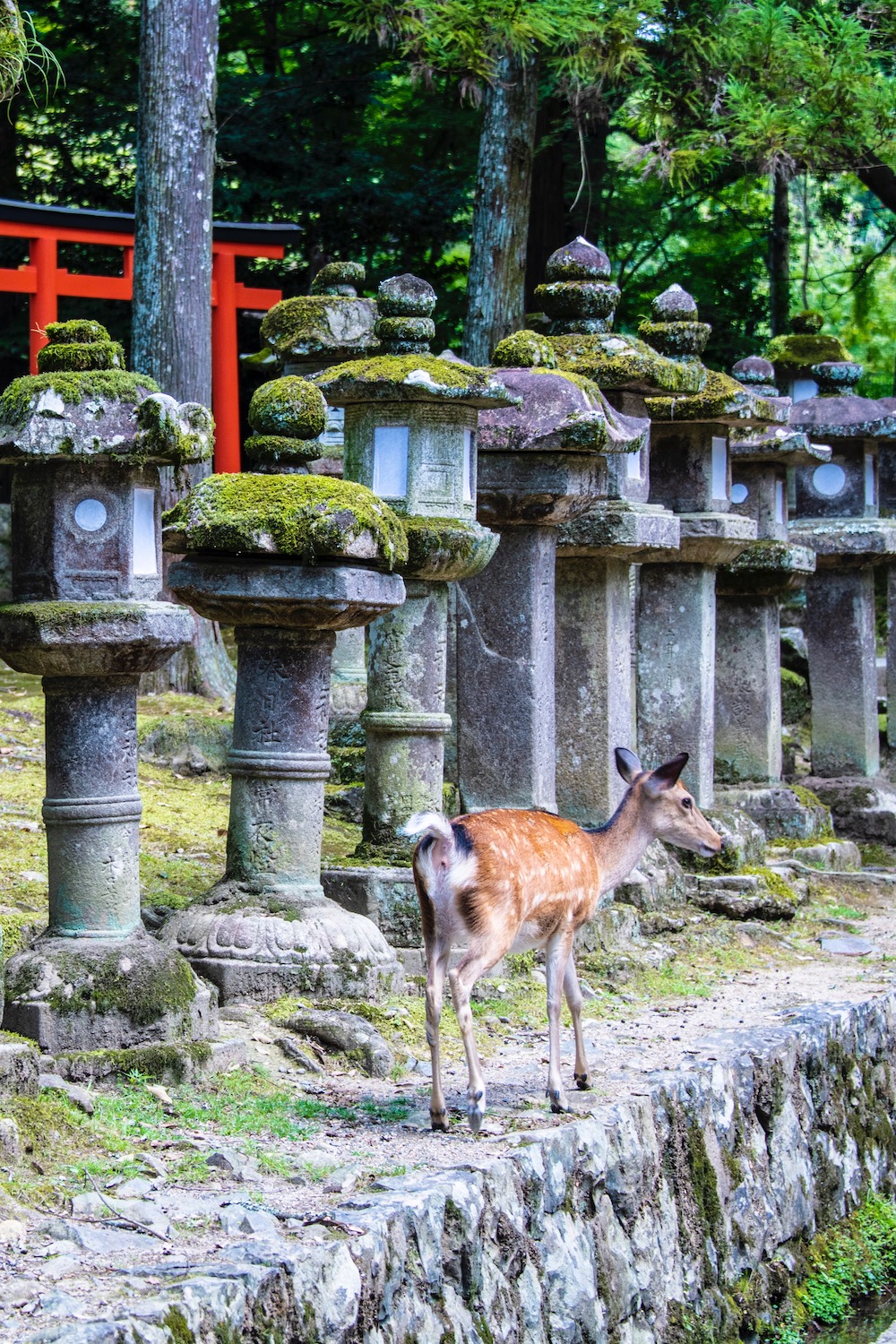


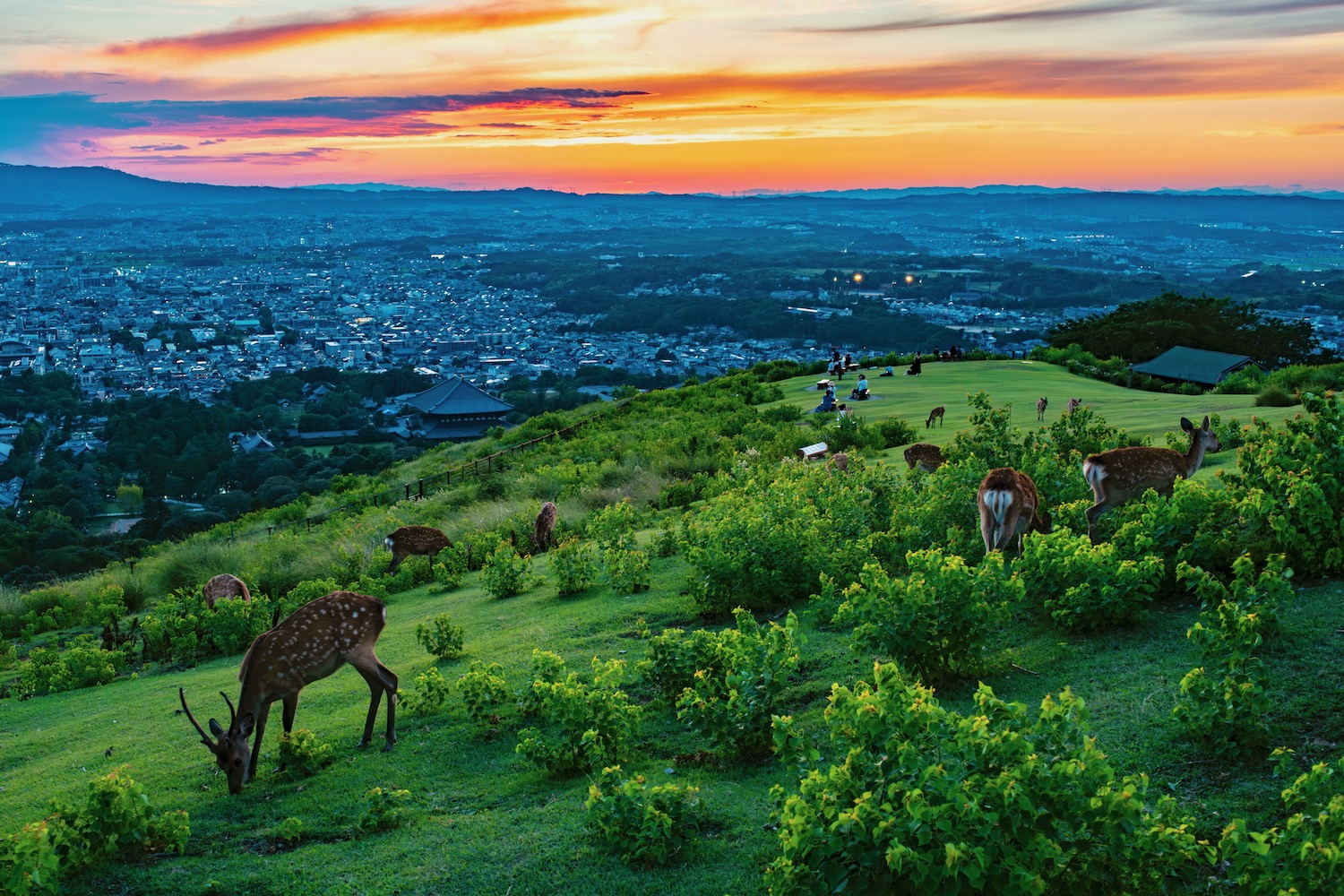
Base or Destination—That is the Question
I promised, early on in this post, to focus more on the merits of Nara as an alternative base to Kyoto, rather than if it’s a superior destination or not. Reading through the preceding paragraphs, however, it’s not a stretch to say I might’ve failed. As much as I love Kyoto, and as hard as it is for me to admit this a a result, there are some ways in which I prefer Nara as a city.
Which makes sense: Nara is older than Kyoto and was the capital for longer, and at a more pivotal time in Japan’s history. Only a few of its attractions are well-known, which means there are simply more opportunities for discovery. The key, I think, is refusing to reduce the Nara vs Kyoto debate to a value judgment and instead comparing the cities, rather than ranking them, as much as you might be tempted to do so.
Other FAQ About Visiting Nara and Kyoto
Is Nara as crowded as Kyoto?
During the daytime, it’s arguable that Nara is even more crowded that Kyoto, particularly along the tourist trail from Todai-ji temple, to Nara Park, to Kasuga Shrine, to Kofuku-ji temple. However, if you stay overnight in Nara, I think you’ll find that the evenings and mornings are practically deserted. The quiet and solitude allow you to connect to Nara and its ancient history in a way that’s simply not possible in Kyoto.
Is it better to stay in Nara or day trip to Nara?
Obviously, if your only option for visiting Nara is to take a day trip, then do that. It’s too awesome of a city to skip simply because you aren’t able to stay there overnight. With this being said, I do think you should spend a night in Nara if you can. I finally did—and it totally changed my perspective on the city for the better.
Can I do Nara and Kyoto in one day?
If you were able to curate a limited range of destinations in each city, you could touch the ground of Kyoto and Nara in one day. Nara pairs especially well with Kyoto’s Fushimi Inari Shrine, given that they’re along the same train line. However, in order to comprehensively see both Kyoto and Nara, you need at least two full days (and, ideally, much longer than that).
The Bottom Line
Is Kyoto or Nara a better city for travelers? To me, this is not the most important question—both of these cities offer different experiences and, given that both served as the Japanese capital for centuries, are so full of history, culture and tradition you could never see it all. I wrote this post with a more specific aim in mind: Namely, to suggest that Nara might make a better—or, at least, a more tranquil—base for explore Japan’s Kansai region. If this is the sort of insight you’re looking for as you put your own trip together, why not commission a custom Japan itinerary? I can save you a lot of trouble, and leave you free to save your energy for in-the-moment discoveries once you land.






